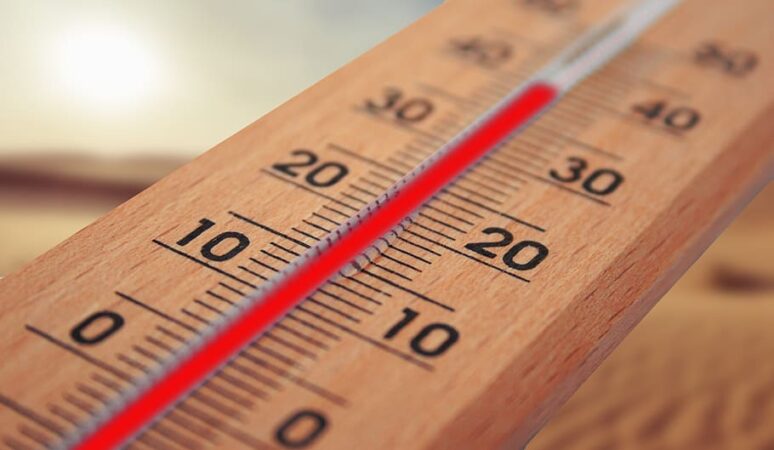Extreme heat combined with humidity is making the weather in Europe particularly uncomfortable as the Old Continent experiences the latest in a series of scorching heat waves, begging the question: When will the unbearable hot weather end?
In France, for example, there have already been several days of heat warnings, with thermometers soaring above 30 degrees across the country, a reminder of the anniversary of the 2003 disaster, which saw 15,000 people die from extreme heat, on August 11.
In Italy, heatwaves have been almost constant since mid-June: parts of the country are forecast to see record temperatures of over 40 degrees, and local authorities have put 40 departments on orange alert for the heatwave since Monday. City hospitals have also reported a 20% increase in the number of people seeking emergency care for heat-related illnesses.
Since Friday, Spain has been battling what could be the most intense heatwave of the summer: according to the national meteorological agency Aemets, temperatures could exceed 40 degrees in the regions of Andalusia and the north-east of the country. The high temperatures and dry weather have also increased the risk of fires in many places.
Last Monday was the hottest day of the year in the UK, with temperatures reaching 34C in Cambridge.
While this intense heat wave should be over for many by the end of the week, it may not be the end of this year’s high temperatures. What do the experts say?
According to Lars Lewinski, a meteorologist at Weather & Radar, the combination of heat and humidity is making the weather really uncomfortable for many people in Western Europe. “This same humid heat is affecting large parts of France, the Benelux countries, as well as Germany and other central European countries.”
What’s notable, Lewinski added, is that the warm weather is also affecting the far north of Europe, across the Arctic Circle to Spitsbergen in the Svalbard archipelago in the Arctic. Temperatures on Sunday reached 20 degrees, a record for August.
Relief could be on the horizon for some countries in Europe in the coming days as the heatwave begins to pass. But conditions will persist in eastern and southern parts of the continent. “The peak of the current intense heatwave is mainly on August 12-13 in western Europe, with a gradual cooling expected from Wednesday onwards,” Lewinsky noted. “Meanwhile, eastern and especially south-eastern parts of Europe will see much warmer than average conditions this weekend. This follows a hot, sometimes record-breaking July in these areas, particularly in the Balkans.
Why is Europe so hot right now?
“This time, the warm weather was caused by a ‘plume’ of very hot air from North Africa and Spain, which was pulled north by a low-pressure system in the Atlantic,” Lewinsky said. “Although warm air from the south is common during the summer, there is a tendency for these warm air masses to become warmer due to climate change.”
He added that sea surface temperatures across Europe were also high, especially in the Mediterranean, where they were sometimes 4-6 degrees warmer than usual in August. “Water temperatures in the Mediterranean are usually between 26 and 30 degrees, which brings more heat and humidity. Even coastal areas will not see much relief.”
Will the hot weather in Europe continue for the rest of August?
Although long-term weather forecasts are uncertain, Lewinski highlighted that some general trends can be drawn rather than precise predictions. The trends suggest that warmer-than-normal conditions are likely to persist, especially in southern and southeastern Europe. If the winds shift south again, central and western Europe could also see hotter or very hot periods.
The very warm waters of the Mediterranean and many of the coasts of western Europe will continue to be a problem in the coming weeks, as the sea can store a lot of heat. Water temperatures change much more slowly than land temperatures. “That basically means that all the heat stored in the sea will continue to support a warmer, wetter climate unless there is a major change in the weather pattern sometime in the fall,” Lewinski said, warning that these warmer sea surface temperatures and more moisture in the air also mean more fuel for rain and storms.
“This is something we have already seen this summer in some parts of the continent, and more storms, sometimes with heavy rain and flash flooding, are likely to affect parts of central Europe in particular in the coming days,” he concluded.

“Hardcore alcohol maven. Hipster-friendly analyst. Introvert. Devoted social media advocate.”
